Φύσις κρύπτεσθαι φιλεῖ.
Nature Loves to Hide.
-Heraclitus, 6th century BC
“That’s from the Caribbean, isn’t it? No!”. There’s a strange sense of privilege that comes with this deception, because after all, it is first the ‘disillusionment’ that makes for visual pleasure and appreciation of the artistic virtuosity and prompts the most varied emotions in the beholder.
Achieving this requires a certain amount of artifice.* In 2020 Emanuele began assembling photographic tableaux which derive exclusively from meticulously planned dioramic models that he conceives, fabricates, and photographs in his studio. Formally, the bare essentials of the work consist of nothing more than pieces of extruded polystyrene and polyurethane foam along with traditional sculptural materials such as clay, sand, plaster, stucco. Then he collected plastic animals, plants, shells, crystals and corals, sometimes taxidermy, incorporating them on an imaginary stage. There he could observe, study and picture them carefully. Out of this lengthy process emerges a photograph.
Through the use of materials taken in part from nature, naturalia, in part from culture, artficialia, the works on display here bear witness to artist's interest in the fanciful recreation of the landscape. In fact, Emanuele's scenes are as much replications of the real as they are detours from it. A collected specimen gains new meaning from the manner in which it is displayed and from the other artefacts placed next to it. Untouched nature versus human intervention: the two are no longer considered opposites. Where does the one finish and other begin? His intent is accordingly neither mere illustration nor imitation, but rather the gateway to a new nature writing.
Although a great part of his oeuvre is photographic, Emanuele worked much the way a set designer for a Museum of Natural Science in the early nineteenth century would do, asserting the authority of modern, secular science over the eclectic cabinets of curiosities.
In addition to the insatiable collecting from the century of the ordering of the world, the concept of an "inner perception" continues to resonate in him. Capturing a fragment of nature was seen as expressing a "state of mind", going beyond the mere reproduction of physical reality. The artistic use of blurring and soft-focus arrangements bespeak that imaginative perception topical of romantic time. You can neither explain nor understand the universe, but only intuit and reveal it.
* All pictures taken on 35mm analogue film with no means of digital interpolation.
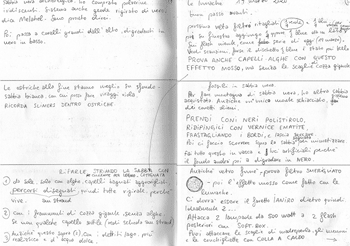
|
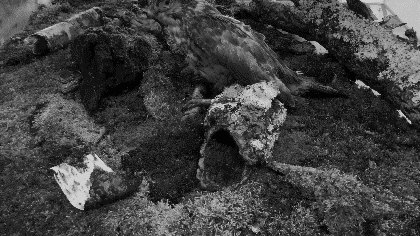
|
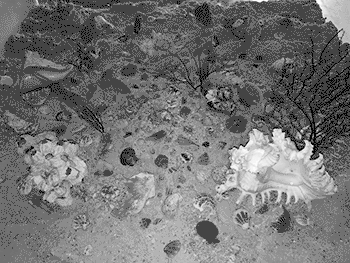
|
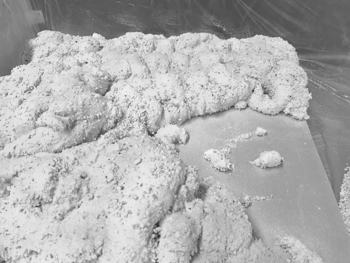
|
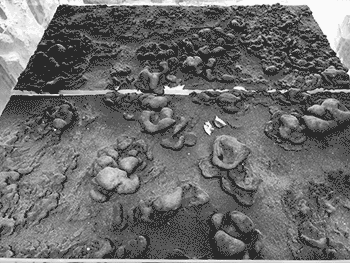
|
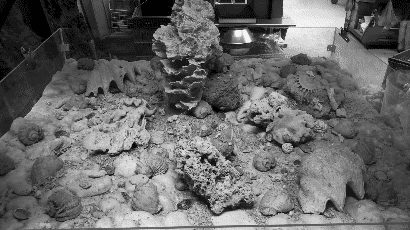
|
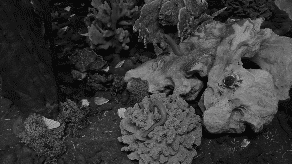
|
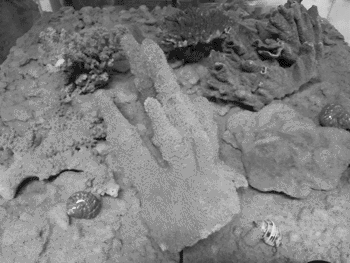
|
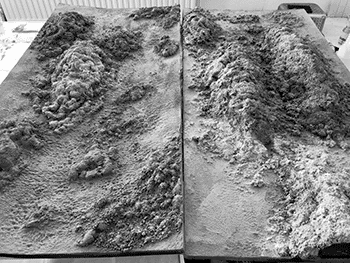
|
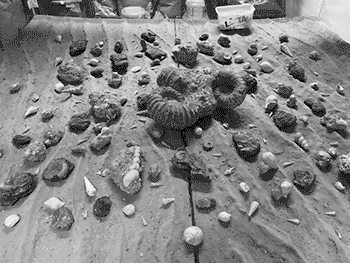
|
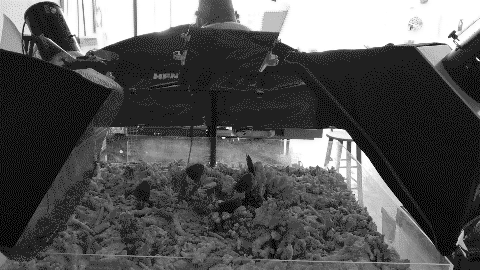
|
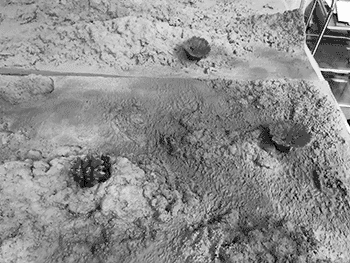
|
